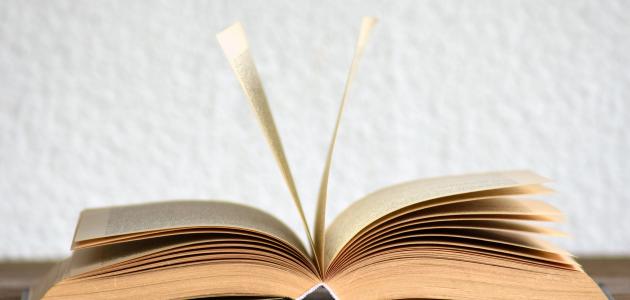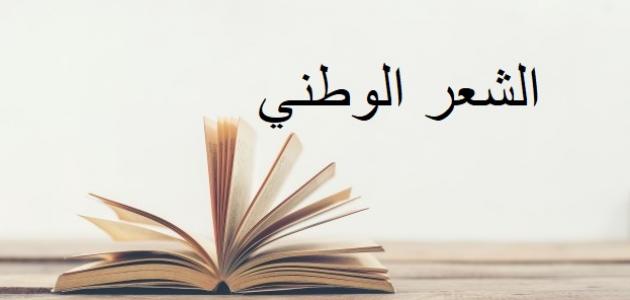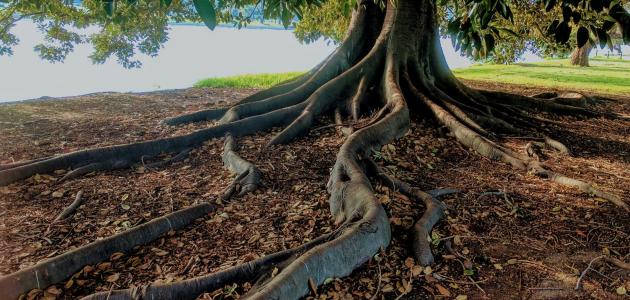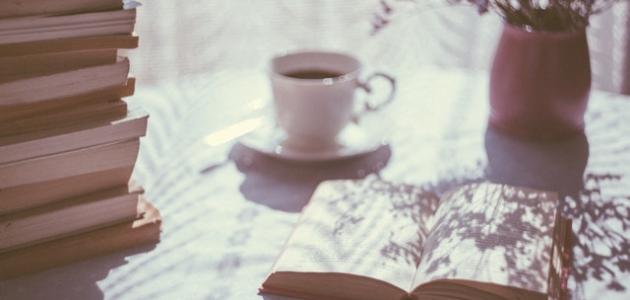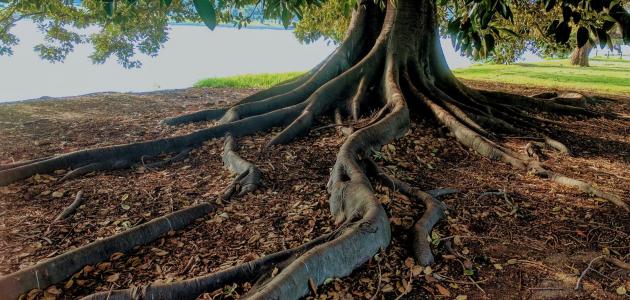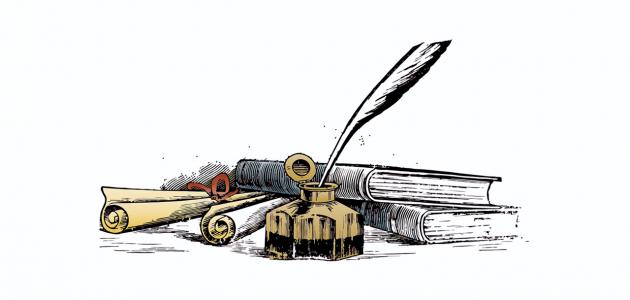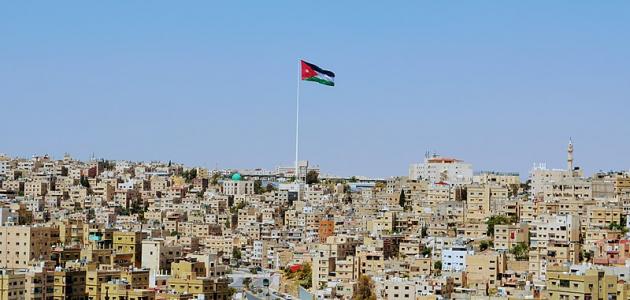passion
Emotion expresses what a person feels about a person, an idea, or a matter. Each emotion is known by its name, and it results from the idea. A person feels joy, sadness, or anger, and this appears in his behavior by laughing, crying, or blushing, so the poet transforms that and makes it a topic. A poem in an eloquent literary style, in which feelings are mixed.
The idea
Thought is an activity carried out by the mind in order to reach knowledge of an unknown matter, including perceptions and beliefs. Among the actions of the mind that lead to knowledge of the unknown are imagination, visualization, discernment, understanding, discrimination, and paradox. The idea is the foundation upon which the poet builds his poem, and its absence is nothing but Evidence of the poet's superficiality and his little imagination.
Imagination
By imagination, we mean the creation of a new image that the senses have not been accustomed to or witnessed. It is essentially an abstract image in the mind that has been preserved in memory, so the poet produces it in the form of an artistic image, making the spiritual meanings a reality that can be visualized and touched.
method
Style is considered the poet’s imprint that the reader detects through his text, and it is the feature that unites all or some of his works. This imprint may be pictorial or moral. Style is defined as the continuation of using meanings in a prescribed manner, so this form occurs as a result of moral compositions. As for rhythm, it is Continuing to use words in a specific manner. Style also comes with the meaning of order and harmony. The types of style are:
Read also:How do I write a children's story?- Literary style: Its most important characteristic is beauty, as it is characterized by precise depiction, so that the moral appears in the form of the tangible and the tangible in the form of the moral, and the source of this beauty is the good use of structures and vocabulary.
- Abstract style: Expresses an idea in the abstract rather than concrete objects, scenes, or people.
- Method wise: It is by alerting the questioner to what he is unaware of, and by causing the speaker to alert him to something other than what he intended.
- Rhetorical style: The beauty and clarity of this style has a great impact on the listeners, and the speaker uses what arouses resolve, and includes argument, proof, and strength of expression.
- Scientific method: The scientific method is a calm method. It requires straight, sound logic. It is far from imagination and closer to ideas. It is used to dissect scientific facts and reveal ambiguities. It is easy to express and pronounce.
- The grandiose style: This style is full of metaphors and wonderful images.
- Generator style: This style appeared in the Abbasid era, and was distinguished by its quality and sobriety.
- Systems: It is the poet's ability to create proportionality between the word and the meaning, and thus his ability to use words that suit the meaning, which is preserved in his literary memory, and thus he arranges the words in an eloquent order using the rules and principles of poetry.
Definition of poetry
Poetry is a type of literary work. According to the ancients, it is measured and rhymed speech, and in the present era many types of it are still subject to meter. Poetic language is required to have strong expression, deep meaning, harmonious sounds, and beautiful words.
Read also:Essay on Independence Dayhair stuff
Hair has a number of purposes, including:
- Praise.
- Satire.
- Pride.
- spinning.
- Lamentations.
- wisdom.
- Political poetry.
- Asceticism and its consequences.
- Lamentations of cities and Mamluks.
- Passionate poetry.
